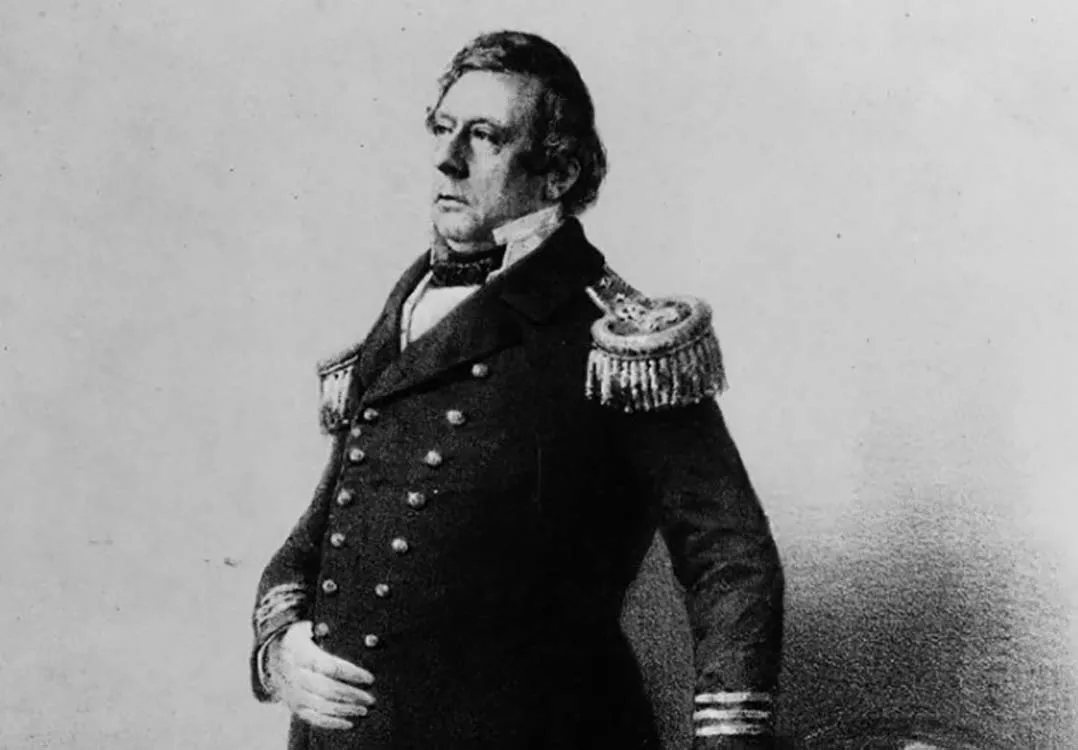“Who is that girl?” Jack Hill asked his mother when he returned from World War II. “You don’t recognize her?” his mother asked, surprised. “That’s Dottie.”
Jack wasn’t the only one who had grown up while he was away at war. He was older than Dottie by 5 years, so they had never been playmates but he’d still known her for most of his life. It was hard to reconcile the memory of the little girl from across the street with the beautiful young woman before him.
Jack courted Dottie for about two years and they got married in 1948. It was a quintessential American romance, one that would last the next 51 years. Jack became a commercial fisherman, working with his father-in-law and eventually taking over his boat. He fished Key Largo for lobster from the late 40s to the late 60s, when he also started fishing for ballyhoo.

For years, Jack commuted from Miami and Dottie grew increasingly concerned about the schooling and changes in their Miami community. They wanted to continue to raise their children in a strong, family-oriented environment, so they decided to move to Key Largo.
Leading up to the decision, they had bought 5 lots of land where Keys Largo Fisheries stands today.
Developing the land was an ongoing family endeavor. Their sons, Tom and Rick, were 16 and 13 years old at the time. “We didn’t have any money but we had faith in God,” Tom says. “We dug some holes and waited for the money to buy concrete, and then steel, and built a little as we went.”

They worked hard to fill those holes by continuing to fish for others and then transitioned to selling directly. Jack used his old pickup truck which had over 100,000 commuter miles to deliver bait to multiple bait and tackle stores up and down the island. In the early days, Dottie managed a Tom Thumb store but transitioned to managing the office for Key largo Fisheries full-time. Always looking for ways to connect with others, she was actively involved in the community through the First Baptist Church in Key Largo.
Jack and Dottie’s hard work (and the truck’s) enabled them to build Jack Hill Bait and Seafood on their land in 1972. Their sons grew into the business as well, making it a true family business. Little by little, the business grew and by 1976, it had expanded to Key Largo Fisheries, Inc. As a real-working waterfront, they originally bought from fishermen and sold directly to consumers or other sellers. Then expanded again to package, sell, and ship lobster, bait, and other seafood products both locally and nationally.

Jack became a leader in the commercial fishing community and a sort of ambassador to the Florida Fish and Wildlife Conservation Commission.
He made trips to Tallahassee to discuss the lobster industry with FWC and legislators and welcomed them to the Keys, educating them on fishing practices. He helped establish size limits with the FWC and what is now the lobster season running from August through March.
Key Largo Fisheries is still a working waterfront, now with a market, cafe, and marina. Jack and Dottie remained a key part of the business until their passing. Jack worked hard until the end and Dottie spent her later days greeting customers and chatting with old friends in the store.

Little by little, Jack and Dottie turned empty land into a family legacy that has become a community landmark. Their memory is honored with a walking bridge in Jack’s name and through Dottie’s recipes that can still be enjoyed in the market and cafe.
–Jerrica Mah is a writer, Army wife, and freelance book editor, who loves to travel with her family.








